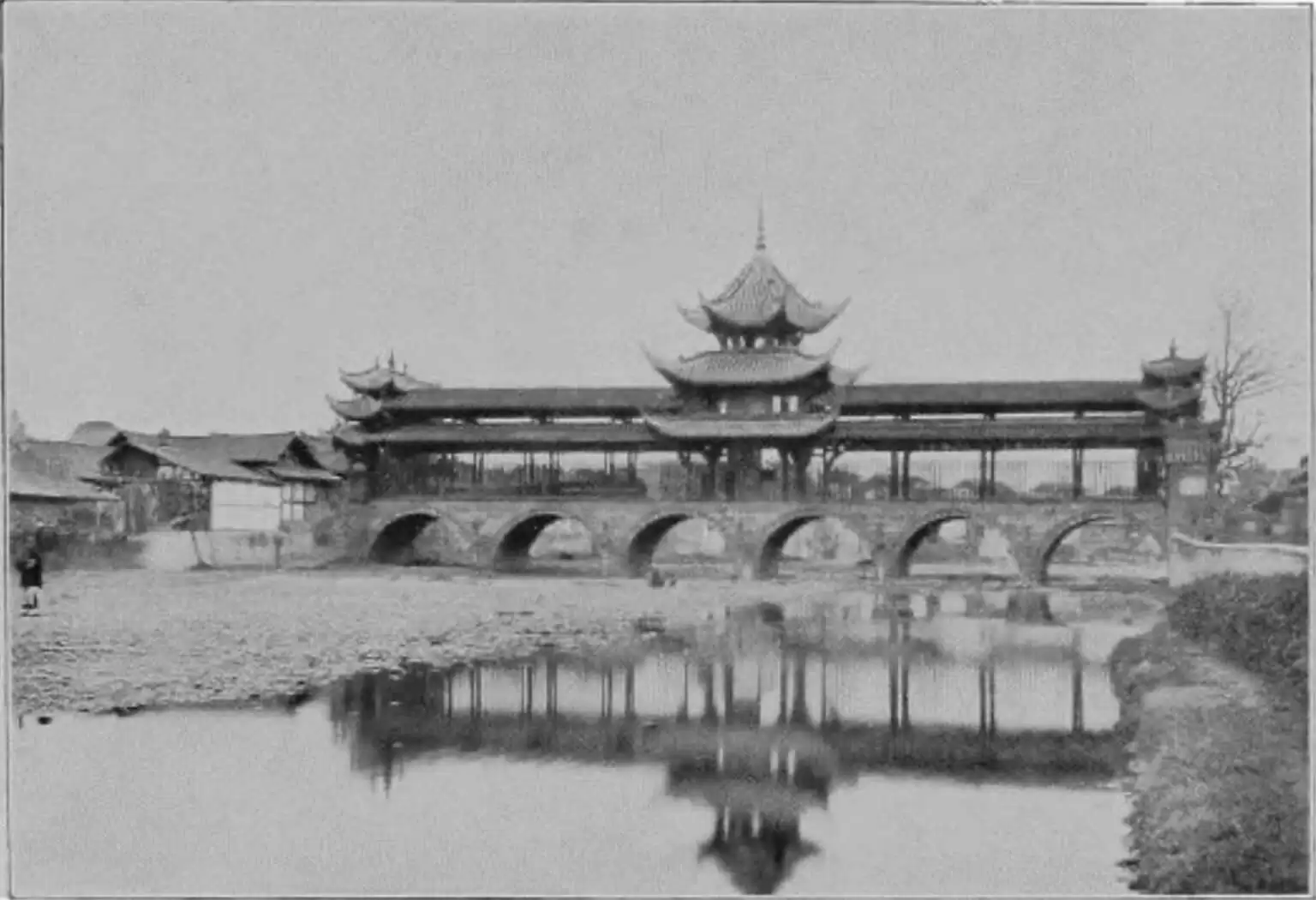
By Bethany Shepard
Unlike Egypt with its pyramids buried under the sands, China did not have calamitous sand storms or great floods to erase its 5,000 years of civilization. But, the China you see today has been altered beyond the great flood, not by nature, but by its people. During recent history, China experienced colossal loss during Japanese invasion of the World War II. Furthermore, the Chinese Communist party’s destructive revolutions and ideological brainwashing movements destroyed most of the ancient Chinese architecture, traditions and moralities.
Coincidentally, just before the war and revolution took place, a woman from Great Britain quietly photographed the Middle Kingdom during its final days of the Qing Dynasty. Her photo collection, later published, was simply called “Chinese Pictures,” a compilation of various pictures of the Middle Kingdom. These photographs were shot during Ms. Isabella Bird’s intrepid explorations in China from the north to the south. Her inquisitive Far East trips were made at the beginning of the 19th -century, when the Middle Kingdom was forced open by the Western artillery and warships after the Opium War.
Isabella Bird is one of the most well-known female explorers of the Victorian period. Bird embarked on a journey to the Middle Kingdom before its western influences and wars, and returned with astonishing images that have remained her signature work to this day. Her book contained the most vivid images of China in the midst of its transformation from ancient to modern.

Isabella Bird was born into a wealthy and devout Christian family in 1831. Her family arranged for her to go to America to recover her ailing health in 1854. However, her life changed dramatically when her father died of influenza in 1858. Her family’s wealth was tremendously reduced, and they were forced to stay in a humble apartment in Edinburgh. In 1881, Bird wed John Bishop, who passed away in 1886, leaving Bird a widow and a large fortune after her five year marriage.
As a result of losing relatives, Bird suffered both emotional and psychological pains, her physician recommended she go to Australia. She then visited Hawaii (also known as the Sandwich Islands in Europe), and climbed Mauna Kea and Mauna Loa. The Hawaii trip inspired her to write a novel, and her interest of exploring the world grew.
In 1894, Isabella Bird took her longest overseas trip. She traveled to China. After the Opium war, China was defeated by the British and other western nations at its own doorstep. At the time, the Qing Dynasty was facing a great deal of foreign influence in an attempt to conquer Chinese territory and expand their western ideologies. The foreign nations operated their business inside China to gain greater financial profits by force.
When Bird left Liverpool on January 11, 1894, she had no notion that she would be traveling directly into a war-zone. During her three year trip to China, Korea, and Japan, she did not yet know how deep a fascination she would develop with China.
During her travels, Isabella Bird captured memorable photographs on her tour of China. She was intrigued by ancient Chinese culture and its’ people. After her return, in 1899, she produced the book Yangtze Valley and Beyond in order to document her experiences and satisfy the requests of her friends.
A year later, in 1900, she published Chinese Pictures which was a comprehensive replica of Bird’s collection of pictures shot in China. The remainder of her life was supported by constant income from Murray Publishers, from which she produced books and trip memoirs. Her works earned great attention from the government and the press during her time, and satisfied the British’s fascination with the East and China.
Among these significant images are the following:

This photograph was taken from the wall of the Forbidden City showing the entrance to the Imperial Palace. The image was taken because the imperial family was the subject of tremendous fascination. The home of the Emperor, represented by the central structure, was also shown.

This image depicts the normal appearance of the stone bridge. On each pier of the bridge, a dragon is perched. As the Chinese national symbol, the dragon is what makes this image unique.

This image depicts two distinct parts of Chinese culture. This is that it was home to the most fashionable teahouse in China, frequented by the aristocracy. And, secondly, women were never seen at the tea shop or in public, indicating that China was a place where only males went out.

Parents who were unable to provide a proper burial for their deceased child due to poverty placed the infant in one of these tower apertures. Every two to three days, a beneficence guild cleared the tower and buried the infants with full burial rituals. This image depicts the extent of poverty in China.

As Catholic churches were widespread across Europe, so were these roadside shrines containing a statue. They were often referred to as “Joss Houses.”

This snapshot portrays Chinese marriage culture. The upper-class bride was transported to her husband’s residence on a marriage chair. Those who could not afford the chair would rent one for the event. In China, a big family was the standard. Chinese women were excellent mothers and devoted spouses. The children were given much care and affection.

China honored its centuries-old porcelain production. Porcelain was used for the facades and roofs of several temples in the province of Sze Chuan in the Chinese Empire. They had the dazzling appearance of jewels. Bird also examined the significance of porcelain in the English Worcester market.

This image highlighted the significance of rice in Chinese culture. The Chinese were excellent chefs. Their cuisine was healthy and often contained steamed dishes.

These bronze-cast astronomy instruments are estimated to be many hundreds of years old. They are regarded as the world’s oldest astronomical instruments. There is little difference between their findings and those of astronomers’ apparatus from the 1890s.
Other noteworthy images include:
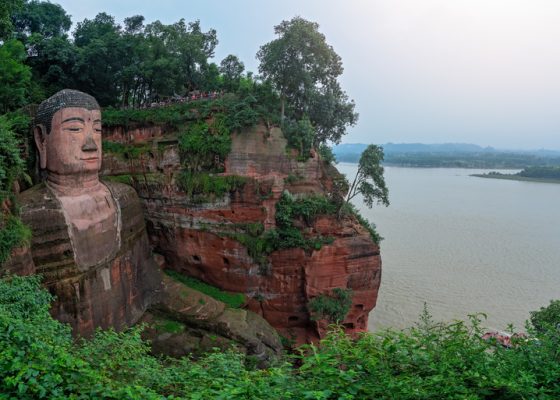
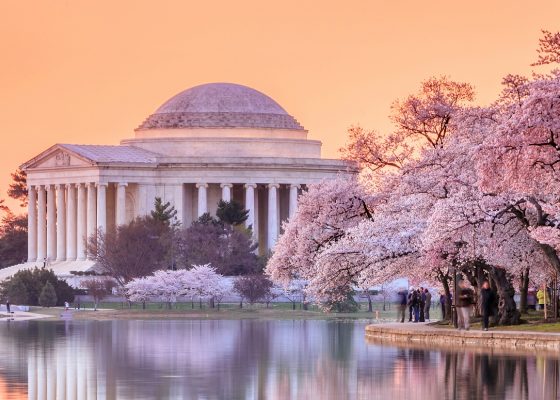
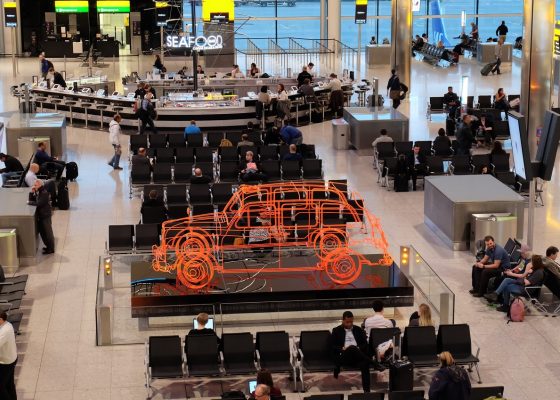
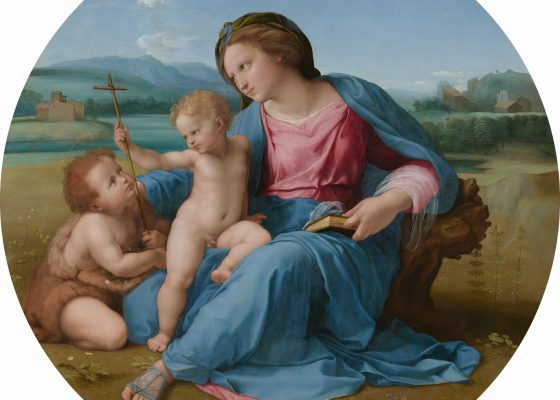
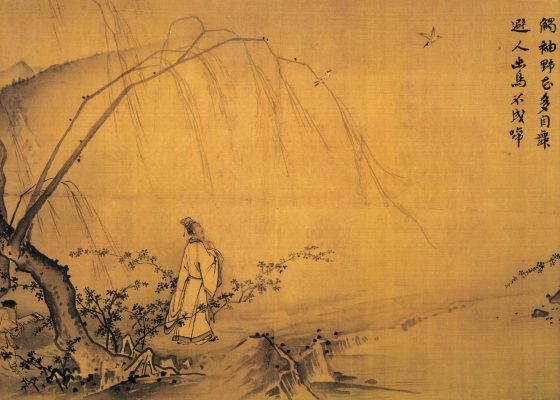

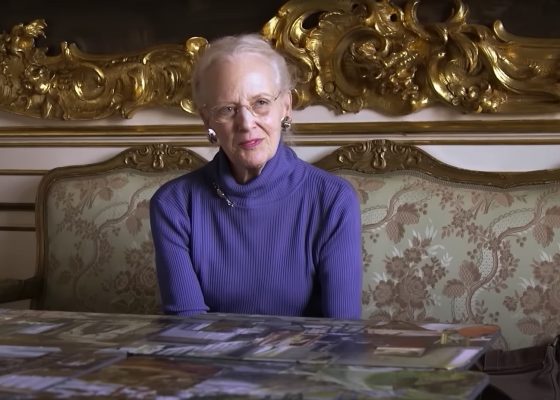
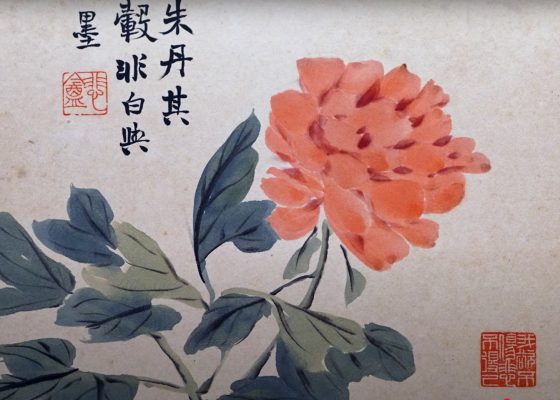


Cancel anytime


Using our website
You may use the The Middle Land website subject to the Terms and Conditions set out on this page. Visit this page regularly to check the latest Terms and Conditions. Access and use of this site constitutes your acceptance of the Terms and Conditions in-force at the time of use.
Intellectual property
Names, images and logos displayed on this site that identify The Middle Land are the intellectual property of New San Cai Inc. Copying any of this material is not permitted without prior written approval from the owner of the relevant intellectual property rights.
Requests for such approval should be directed to the competition committee.
Please provide details of your intended use of the relevant material and include your contact details including name, address, telephone number, fax number and email.
Linking policy
You do not have to ask permission to link directly to pages hosted on this website. However, we do not permit our pages to be loaded directly into frames on your website. Our pages must load into the user’s entire window.
The Middle Land is not responsible for the contents or reliability of any site to which it is hyperlinked and does not necessarily endorse the views expressed within them. Linking to or from this site should not be taken as endorsement of any kind. We cannot guarantee that these links will work all the time and have no control over the availability of the linked pages.
Submissions
All information, data, text, graphics or any other materials whatsoever uploaded or transmitted by you is your sole responsibility. This means that you are entirely responsible for all content you upload, post, email or otherwise transmit to the The Middle Land website.
Virus protection
We make every effort to check and test material at all stages of production. It is always recommended to run an anti-virus program on all material downloaded from the Internet. We cannot accept any responsibility for any loss, disruption or damage to your data or computer system, which may occur while using material derived from this website.
Disclaimer
The website is provided ‘as is’, without any representation or endorsement made, and without warranty of any kind whether express or implied.
Your use of any information or materials on this website is entirely at your own risk, for which we shall not be liable. It is your responsibility to ensure any products, services or information available through this website meet your specific requirements.
We do not warrant the operation of this site will be uninterrupted or error free, that defects will be corrected, or that this site or the server that makes it available are free of viruses or represent the full functionality, accuracy and reliability of the materials. In no event will we be liable for any loss or damage including, without limitation, loss of profits, indirect or consequential loss or damage, or any loss or damages whatsoever arising from the use, or loss of data, arising out of – or in connection with – the use of this website.
Last Updated: September 11, 2024
New San Cai Inc. (hereinafter “The Middle Land,” “we,” “us,” or “our”) owns and operates www.themiddleland.com, its affiliated websites and applications (our “Sites”), and provides related products, services, newsletters, and other offerings (together with the Sites, our “Services”) to art lovers and visitors around the world.
This Privacy Policy (the “Policy”) is intended to provide you with information on how we collect, use, and share your personal data. We process personal data from visitors of our Sites, users of our Services, readers or bloggers (collectively, “you” or “your”). Personal data is any information about you. This Policy also describes your choices regarding use, access, and correction of your personal information.
If after reading this Policy you have additional questions or would like further information, please email at middleland@protonmail.com.
PERSONAL DATA WE COLLECT AND HOW WE USE IT
We collect and process personal data only for lawful reasons, such as our legitimate business interests, your consent, or to fulfill our legal or contractual obligations.
Information You Provide to Us
Most of the information Join Talents collects is provided by you voluntarily while using our Services. We do not request highly sensitive data, such as health or medical information, racial or ethnic origin, political opinions, religious or philosophical beliefs, trade union membership, etc. and we ask that you refrain from sending us any such information.
Here are the types of personal data that you voluntarily provide to us:
As a registered users or customers, you may ask us to review or retrieve emails sent to your business. We will access these emails to provide these services for you.
We use the personal data you provide to us for the following business purposes:
Information Obtained from Third-Party Sources
We collect and publish biographical and other information about users, which we use to promote the articles and our bloggers who use our sites. If you provide personal information about others, or if others give us your information, we will only use that information for the specific reason for which it was provided.
Information We Collect by Automated Means
Log Files
The site uses your IP address to help diagnose server problems, and to administer our website. We use your IP addresses to analyze trends and gather broad demographic information for aggregate use.
Every time you access our Site, some data is temporarily stored and processed in a log file, such as your IP addresses, the browser types, the operating systems, the recalled page, or the date and time of the recall. This data is only evaluated for statistical purposes, such as to help us diagnose problems with our servers, to administer our sites, or to improve our Services.
Do Not Track
Your browser or device may include “Do Not Track” functionality. Our information collection and disclosure practices, and the choices that we provide to customers, will continue to operate as described in this Privacy Policy, whether or not a “Do Not Track” signal is received.
HOW WE SHARE YOUR INFORMATION
We may share your personal data with third parties only in the ways that are described in this Privacy Policy. We do not sell, rent, or lease your personal data to third parties, and We does not transfer your personal data to third parties for their direct marketing purposes.
We may share your personal data with third parties as follows:
There may be other instances where we share your personal data with third parties based on your consent.
HOW WE STORE AND SECURE YOUR INFORMATION
We retain your information for as long as your account is active or as needed to provide you Services. If you wish to cancel your account, please contact us middleland@protonmail.com. We will retain and use your personal data as necessary to comply with legal obligations, resolve disputes, and enforce our agreements.
All you and our data are stored in the server in the United States, we do not sales or transfer your personal data to the third party. All information you provide is stored on a secure server, and we generally accepted industry standards to protect the personal data we process both during transmission and once received.
YOUR RIGHTS/OPT OUT
You may correct, update, amend, delete/remove, or deactivate your account and personal data by making the change on your Blog on www.themiddleland.com or by emailing middleland@protonmail.com. We will respond to your request within a reasonable timeframe.
You may choose to stop receiving Join Talents newsletters or marketing emails at any time by following the unsubscribe instructions included in those communications, or you can email us at middleland@protonmail.com
LINKS TO OTHER WEBSITES
The Middle Land include links to other websites whose privacy practices may differ from that of ours. If you submit personal data to any of those sites, your information is governed by their privacy statements. We encourage you to carefully read the Privacy Policy of any website you visit.
NOTE TO PARENTS OR GUARDIANS
Our Services are not intended for use by children, and we do not knowingly or intentionally solicit data from or market to children under the age of 18. We reserve the right to delete the child’s information and the child’s registration on the Sites.
PRIVACY POLICY CHANGES
We may update this Privacy Policy to reflect changes to our personal data processing practices. If any material changes are made, we will notify you on the Sites prior to the change becoming effective. You are encouraged to periodically review this Policy.
HOW TO CONTACT US
If you have any questions about our Privacy Policy, please email middleland@protonmail.com
The Michelin brothers created the guide, which included information like maps, car mechanics listings, hotels and petrol stations across France to spur demand.
The guide began to award stars to fine dining restaurants in 1926.
At first, they offered just one star, the concept was expanded in 1931 to include one, two and three stars. One star establishments represent a “very good restaurant in its category”. Two honour “excellent cooking, worth a detour” and three reward “exceptional cuisine, worth a
Thank you for your participation,
please Log in or Sign up to Vote

123Sign in to your account